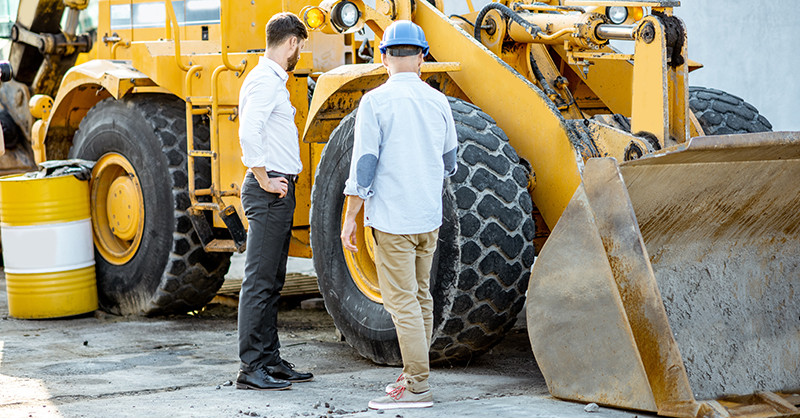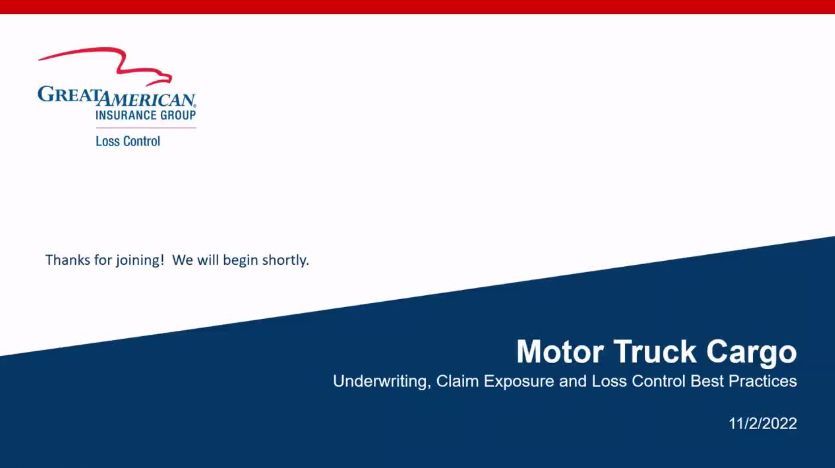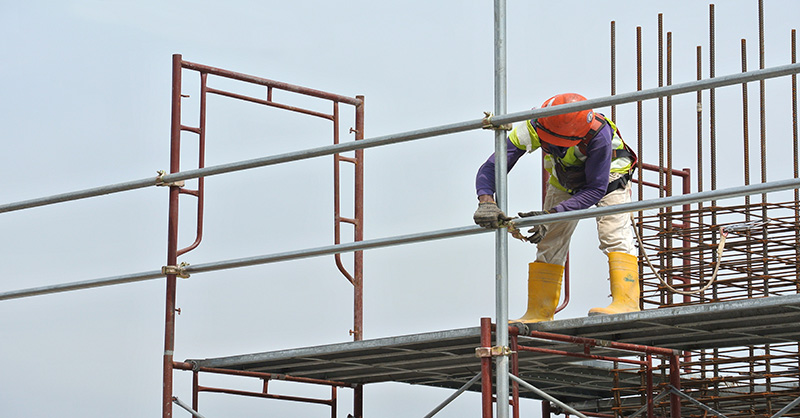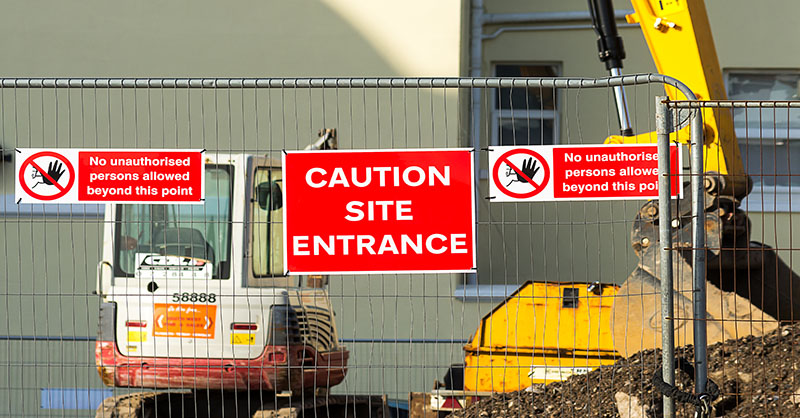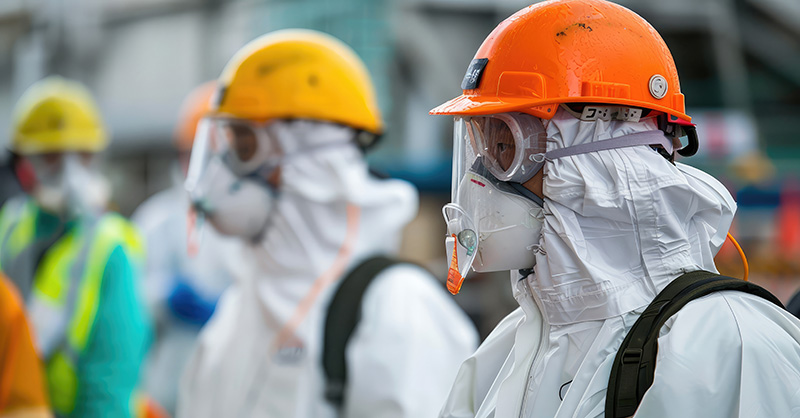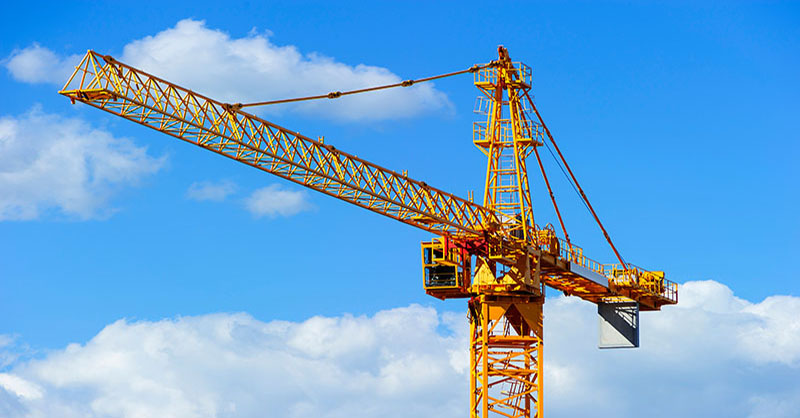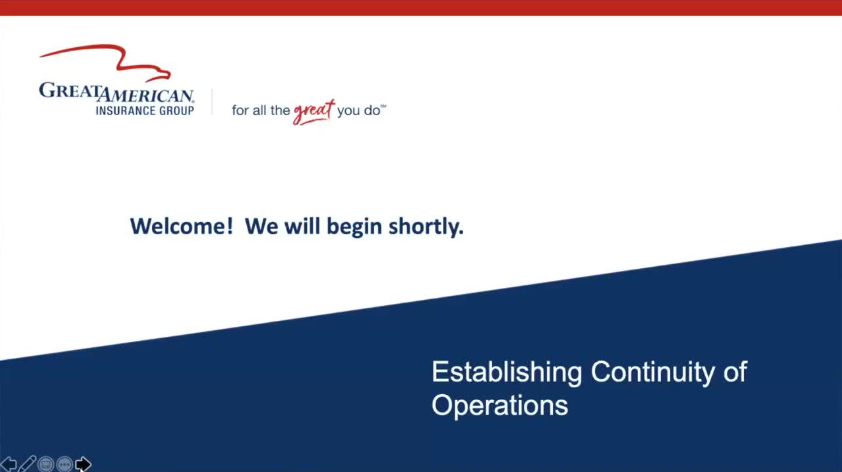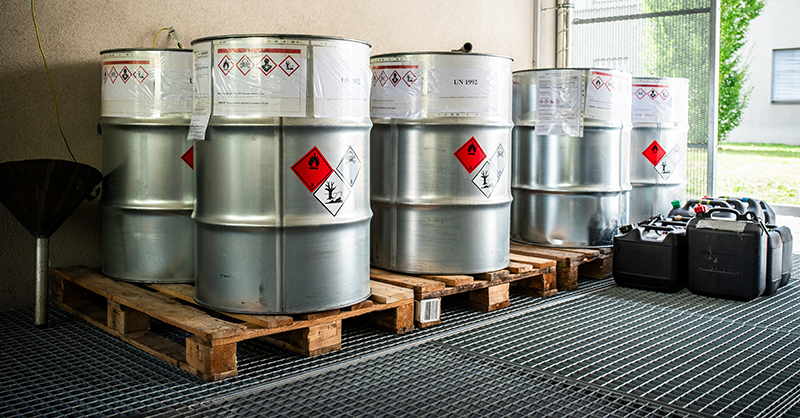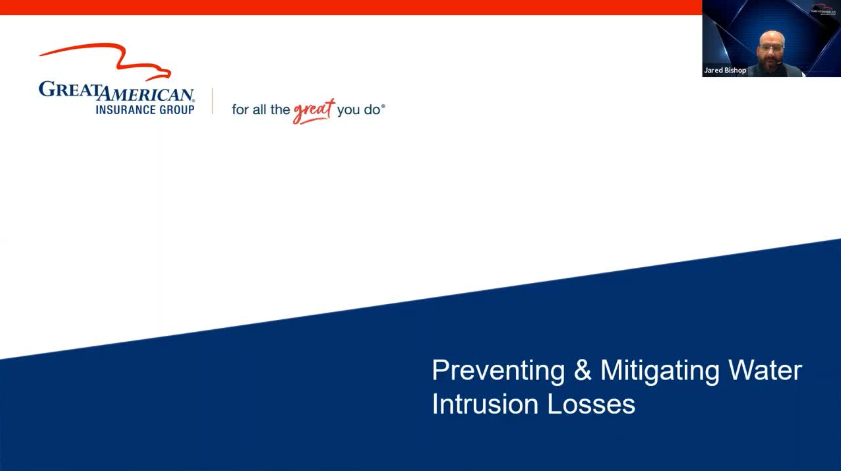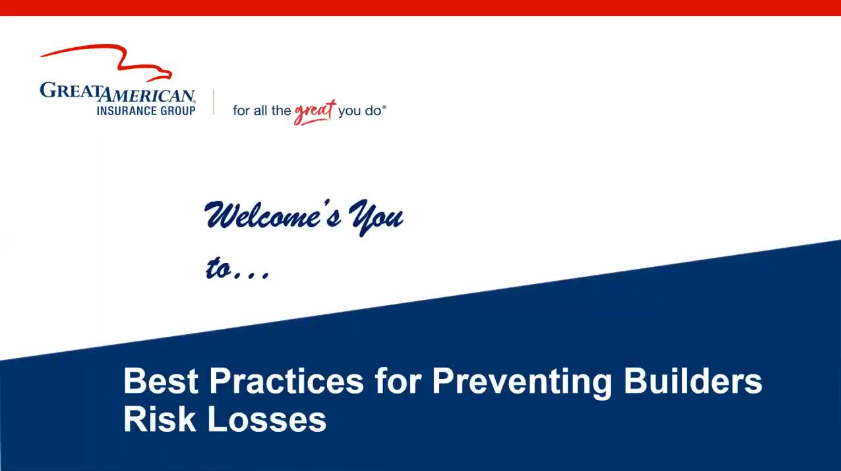Tornado Safety
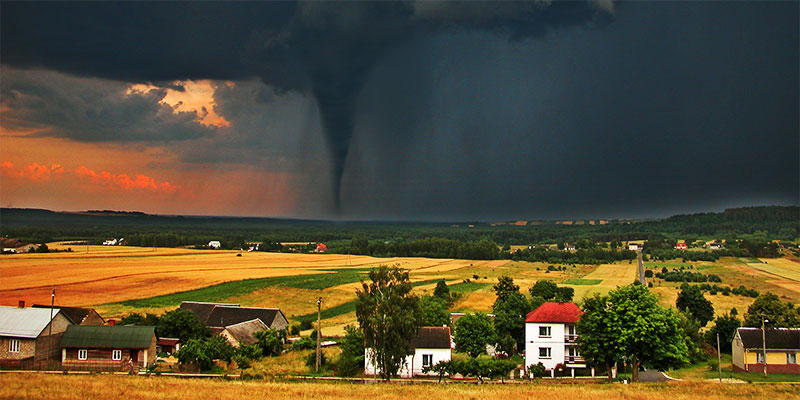
Almost all injuries and property damage attributed to tornadoes are caused by violent winds, not by drops in atmospheric pressure.
Tornadoes are rapidly spinning funnel-shaped clouds in contact with the ground. Among nature’s most severe storms, tornadoes strike fast and with great force. Tornadoes develop from severe thunderstorms and hot, humid, unsettled weather conditions. Although most strike between 3:00 and 7:00 p.m. during the months of April, May and June, tornadoes can occur at any time of the day and in any month of the year.
Tornadoes have occurred in every state, but most frequently in the Southern, Midwestern and Plains states. The average path width is between 300 and 400 yards, and average path length is about 2 miles. Tornadoes usually move from southwest to northeast, but can move in any direction and change course suddenly. The average speed of travel is approximately 35 miles per hour. Tornadoes produce violent winds, with speeds ranging from 100 to 300 miles per hour.
The National Weather Service has developed a multilevel adverse weather warning system with the following warning levels:
- Severe Thunderstorm Watch – Severe weather and/or tornadoes are likely to occur. Listen to the radio or television for further information.
- Severe Thunderstorm Warning – Severe weather is occurring, but tornadoes have not been spotted. Take shelter and continue to listen to radio or television for further information.
- Tornado Watch – Weather conditions are such that a tornado is likely to occur. Listen to the radio or television and prepare to take shelter.
- Tornado Warning – A tornado has been detected. Take shelter immediately.
Preparations
To best prepare for a tornado, be familiar with and understand the National Weather Service adverse weather warning system. Develop a tornado action plan and review it with all personnel.
In addition, keep on hand the following emergency supplies in a safe area:
- First aid kit
- Portable, battery-powered radio
- Portable, battery-powered flashlight
- Extra batteries
- Water, stored in airtight plastic containers
- Food (canned or dried)
- Tools, including wrenches to shut off utility lines
- Blankets or sleeping bags
- Pail with cover
- Multipurpose portable fire extinguisher
- Can opener and eating utensils
Safety Guidelines
At home
- Seek shelter on the lowest floor level in a safe area such as:
- Corner of the building
- Underneath stairs
- The innermost closet
- The innermost hallway
- Get low to the ground, and crouch or lie flat, underneath a bench or table, protecting your head with a blanket or hands
- Stay away from:
- Doors
- Outside walls above ground level
- Heavy objects, such as appliances, pianos or bookshelves
- Corridors facing wind
- All windows
- In a mobile home:
- Leave at once and seek safe shelter
- Don’t seek shelter under a mobile home
At school or work
- Follow the emergency plan
- Stay away from windows, long-span rooms (auditoriums and gymnasiums), corridors facing the wind, outer walls and doorways
- Seek shelter in the lowest level interior safe area
In a high-rise building
- Follow the emergency plan
- Don’t use the elevators
- Move to the lowest floor and seek shelter in the lowest level interior safe area
In a motor vehicle
- Stop and get out immediately
- Seek shelter in a ditch or depression in the ground, away from the vehicle
- Don’t attempt to “outrun” a tornado
Outdoors
- Avoid all trees, power lines and telephone poles
- Seek shelter in a ditch or depression in the ground
After a tornado strikes
- Make sure the storm has passed before leaving shelter.
- Check for injured or missing people. Don’t move anyone who is seriously injured. Apply basic first aid.
- Check for natural gas leaks. If you suspect a leak, leave the building immediately.
- Don’t use electricity if it is damaged or appears damaged, if the wiring is wet, or if you suspect a gas leak.
- Watch out for falling debris and broken glass.
- Stay away from downed power lines. Assume that all power lines are energized and act accordingly.
- Enter any building very cautiously – dangers may be hidden.
- Use only a flashlight when checking for injuries and damages.
